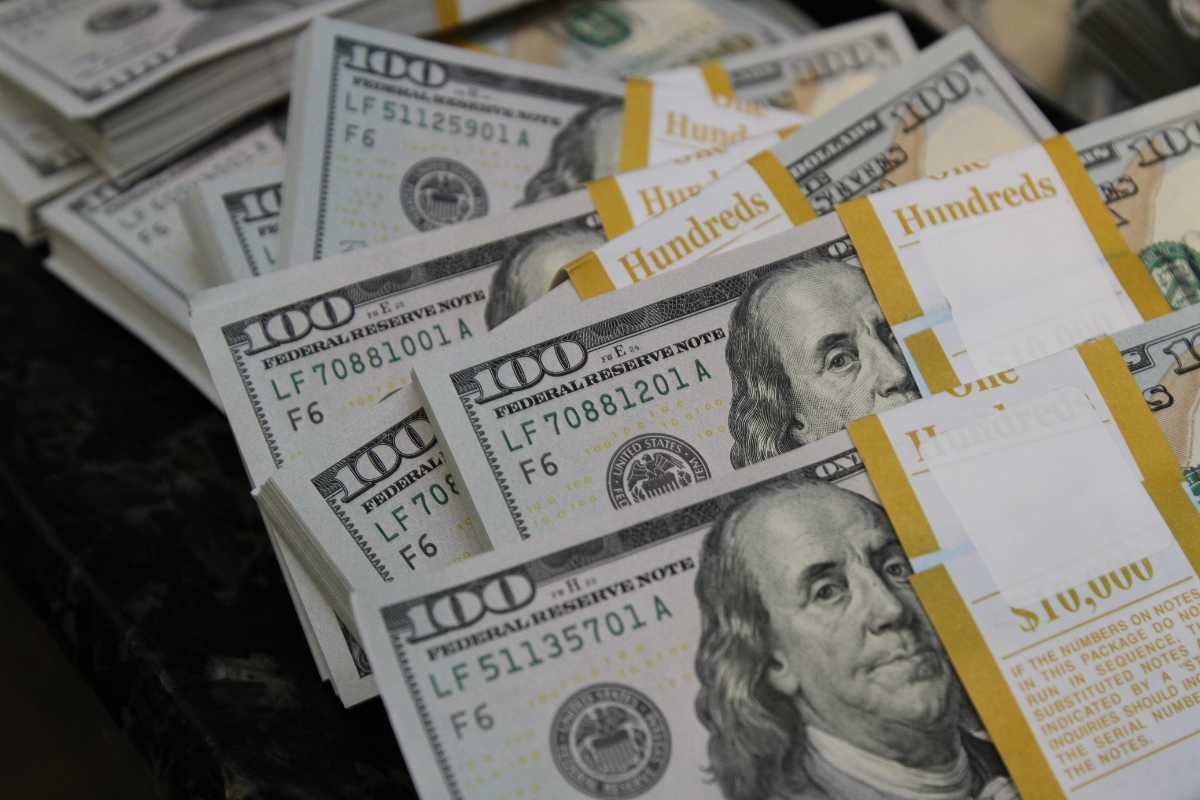A Surprising Reaction to Tariff Announcements
Contrary to traditional economic expectations, the U.S. dollar has weakened following former President Donald Trump’s recent announcement of new tariffs. Historically, higher tariffs are associated with a stronger national currency, yet in this case, the dollar took a hit. On Thursday, the U.S. Dollar Index — which tracks the value of the dollar against six major currencies — dropped to 102.1, down from around 104 before the tariff news.
This counterintuitive market reaction signals deeper concerns among investors. Economists and analysts suggest the drop reflects rising fears of a U.S. recession, and broader uncertainty about the country’s economic direction. Once seen as a haven of stability, the U.S. is increasingly viewed as a riskier investment landscape. “One way of interpreting this is investors are suddenly becoming afraid of the policies that are being promoted in the U.S.,” explained Joseph Gagnon, a senior fellow at the Peterson Institute for International Economics.
Also read: Foreign Exchange Companies: A Comprehensive Guide to Currency Trading Services
Why Theory Isn’t Matching Reality
Traditionally, tariffs reduce demand for imported goods, which in turn lowers the need for exchanging U.S. dollars into foreign currencies. This diminished supply of dollars on the currency market should, in theory, strengthen its value — a concept backed by decades of economic studies, including a 2019 analysis from the International Monetary Fund involving 151 countries.
Yet this time, the sheer scale and uncertainty surrounding the new tariffs have unsettled investors. As economist Paul Krugman recently explained, currency markets are governed by the same supply-and-demand principles as goods and services. While tariffs may reduce the supply of dollars for trade, that effect is being overshadowed by weakening investor confidence and fears of an economic slowdown. As demand for U.S. investments falls, so does the demand for the dollar.
In fact, recent commentary from Goldman Sachs highlighted that the dollar tends to weaken when U.S. economic growth lags behind that of other major economies. “When U.S. growth is negative and rest of world growth is positive, the Dollar weakens on average,” the firm noted in a 2024 report.
Investor Confidence Wanes as Uncertainty Grows
Beyond short-term recession worries, some economists suggest the decline in the dollar reflects a deeper lack of confidence in U.S. economic policy. “If people think the U.S. isn’t a good place to invest in, they might say, ‘I don’t trust this whole tariff regime,’” said Alan Cole of the Tax Foundation. James Knightley, ING’s chief international economist, was more blunt in his assessment: “The blowback of U.S. tariffs onto the U.S. domestic economy leaves the dollar naked.”
Still, not all analysts are pessimistic. Gagnon noted that if conditions stabilize, tariffs could eventually lead to a stronger dollar — but only if investor fears subside.
Despite the turbulence, Trump remained publicly upbeat, telling reporters Thursday, “The markets are going to boom, the stock is going to boom, the country is going to boom.” However, until markets regain confidence, the dollar’s unusual response may continue to defy expectations.









